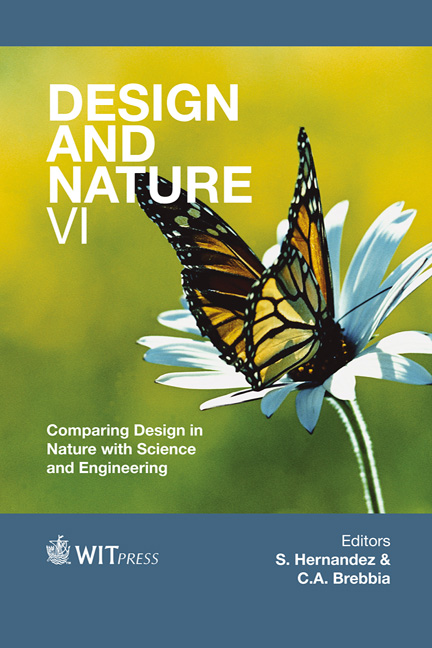Modelling Of Stent Expansion Dynamics And Resultant Arterial Wall And Lesion Stresses In A Stenosed Artery
Price
Free (open access)
Transaction
Volume
160
Pages
15
Page Range
195 - 209
Published
2012
Size
2,874 kb
Paper DOI
10.2495/DN120181
Copyright
WIT Press
Author(s)
M. R. Hyre, S. A. Chae & R. M. Pulliam
Abstract
Restenosis remains a significant problem in coronary intervention. Additionally, concerns have recently been raised that Drug Eluting Stents (DES) are linked to long term thrombosis. For carotid artery stenting, the most serious complication is ipsilateral neurologic events due to an acute embolus from fragmentation of the lesion during stent deployment. While much attention has focused on biocompatibility solutions to these problems, less attention has been given to matching stents to the inflation balloon, atherosclerotic plaque mechanical properties, and lesion shape. Results show that risk of arterial damage or plaque fractures are dependent on plaque morphology and material properties. Computational modeling results also indicate that it may be possible to use numerical simulations to estimate stress distributions in atherosclerotic lesions in vivo during and after stent deployment. This may help provide clinical indicators in stenting to reduce vascular injury and plaque rupture which can cause acute and long term postprocedural lumen loss in coronary artery stenting or stroke in carotid artery stenting. Results also indicate that while a complex model for plaque morphology is necessary to determine the stress distribution within the lesion, a more simple homogeneous plaque model will allow for reasonably accurate predictions of arterial stresses. Keywords: stent, vascular injury, plaque, restenosis, finite element analysis.
Keywords
stent, vascular injury, plaque, restenosis, finite element analysis.





